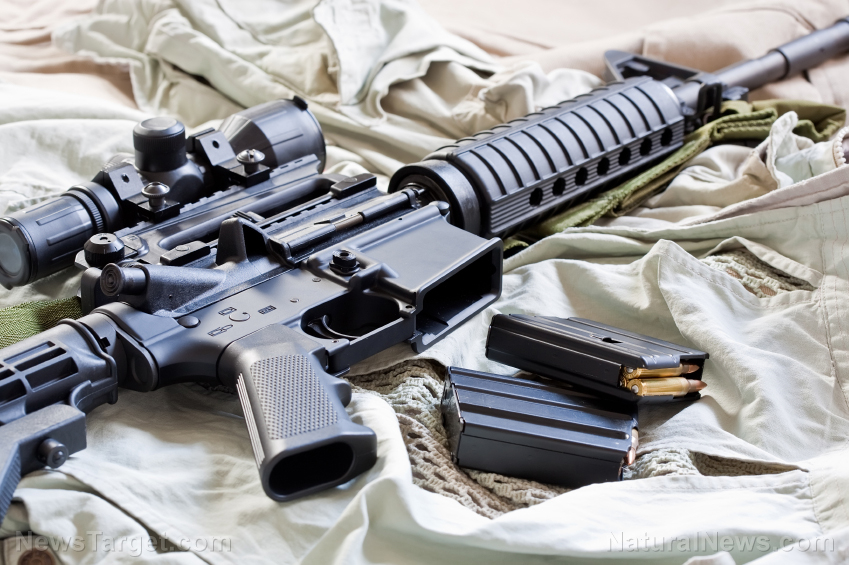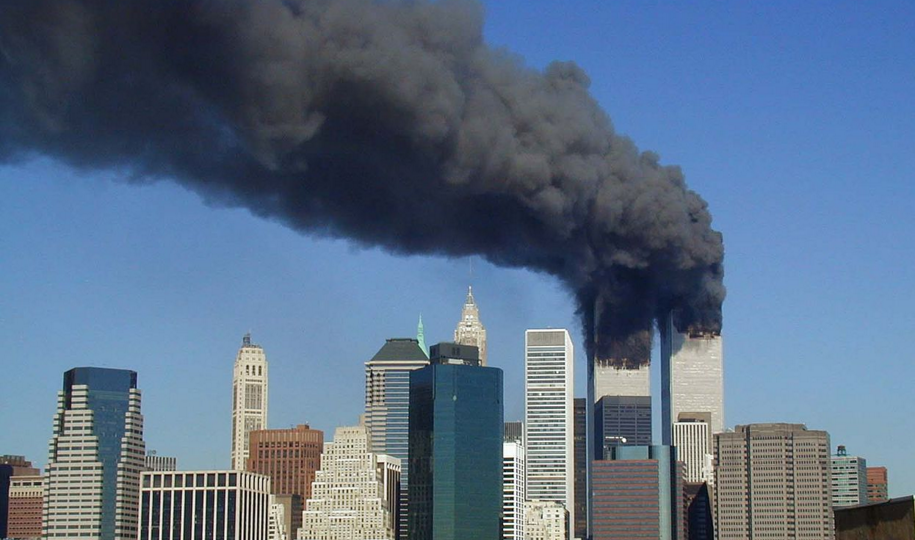 Parler
Parler Gab
Gab
First intercept of Chinese military aircraft near Alaska
Alexander Korolev, an expert on Russian-Chinese military partnership at the University of New South Wales in Sydney, stated the flight indicated a concerning first for America. "It is not unusual for Russian bombers flying through the [Alaska] ADIZ to be intercepted, but I believe it is the first occurrence of a joint Russian and Chinese flight in that zone," Korolev said. Although Beijing and Moscow have not signed a mutual defense treaty, the two countries have been training together for almost two decades. That activity has increased over the past six years but was mostly confined to airspace close to China, in Japan, over the western Pacific and around Taiwan and the Philippines. Korolev said the recent patrol was "notable for being the first intercept of Chinese military aircraft near Alaska." But Russia has maintained a high level of military activity near U.S. airspace. Back in February, the U.S. identified four Russian warplanes flying in Alaska's ADIZ and another Russian military aircraft in May 2023. Russian warplanes were also intercepted there twice in a single week in February 2023 and in that same month, a Chinese spy balloon was identified near Alaska before ultimately working its way across the continental America and being shot down off the coast of South Carolina. Military activity by the U.S., Canada, Russia and China has also increased in the Arctic region. Moscow recently released a statement indicating that it deployed fighter jets to intercept two American long-range bomber aircraft that flew close to the Russian border over the Barents Sea in the Arctic. (Related: Russian jet fighters DRIVE AWAY 2 U.S. bombers near its Arctic border.) Russia has expanded military operations in the Arctic Circle, along with tests of modern hypersonic missiles. In early July, Canada's Defense Ministry reported its plans to obtain 12 new submarines capable of traveling under sea ice to boost the country's ability to defend its massive Arctic coastal area. The Defense Ministry also warned of China's plan to grow its own submarine fleet, and Russia's ability to use its submarines to gather intelligence in Arctic waters. Follow WWIII.news for more news about growing tensions between the U.S. and Russia and China. Watch the video below about U.S. fighter jets intercepting Russian and Chinese bombers entering near its protected airspace close to Alaska. This video is from the TrendingNews channel on Brighteon.com.More related stories:
Putin takes a ride in a NUCLEAR-capable bomber that can reach the U.S. China continues to threaten Taiwanese airspace, deploying 10 WARPLANES to cross Taiwan Strait median line. Taiwan says it is preparing for war as China continues to provoke conflict with massive incursions of fighters, bombers. North Korea scrambles fighter jets after U.S. spy plane enters its economic zone. Canadian military commanders sound warning: Country cannot hope to stop Russian expansion into Arctic. Sources include: The-Sun.com CBSNews.com Brighteon.comSeymour Hersh: Obama OUSTED Biden with threat to invoke 25th Amendment
By Ramon Tomey // Share
Operation Eastern Aurora: Poland and NATO boost air defense amid Ukraine-Russia tensions
By Richard Brown // Share
The wheels have started to come off for the U.S. economy, and the worst is yet to come
By News Editors // Share
Governments continue to obscure COVID-19 vaccine data amid rising concerns over excess deaths
By patricklewis // Share
Tech giant Microsoft backs EXTINCTION with its support of carbon capture programs
By ramontomeydw // Share
Germany to resume arms exports to Israel despite repeated ceasefire violations
By isabelle // Share










